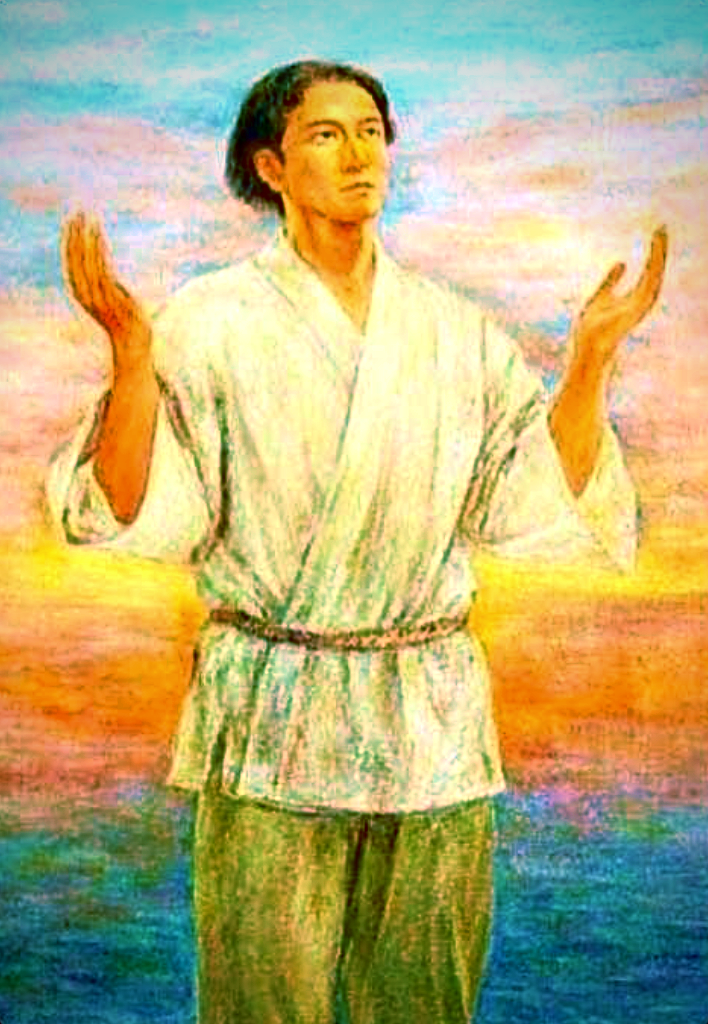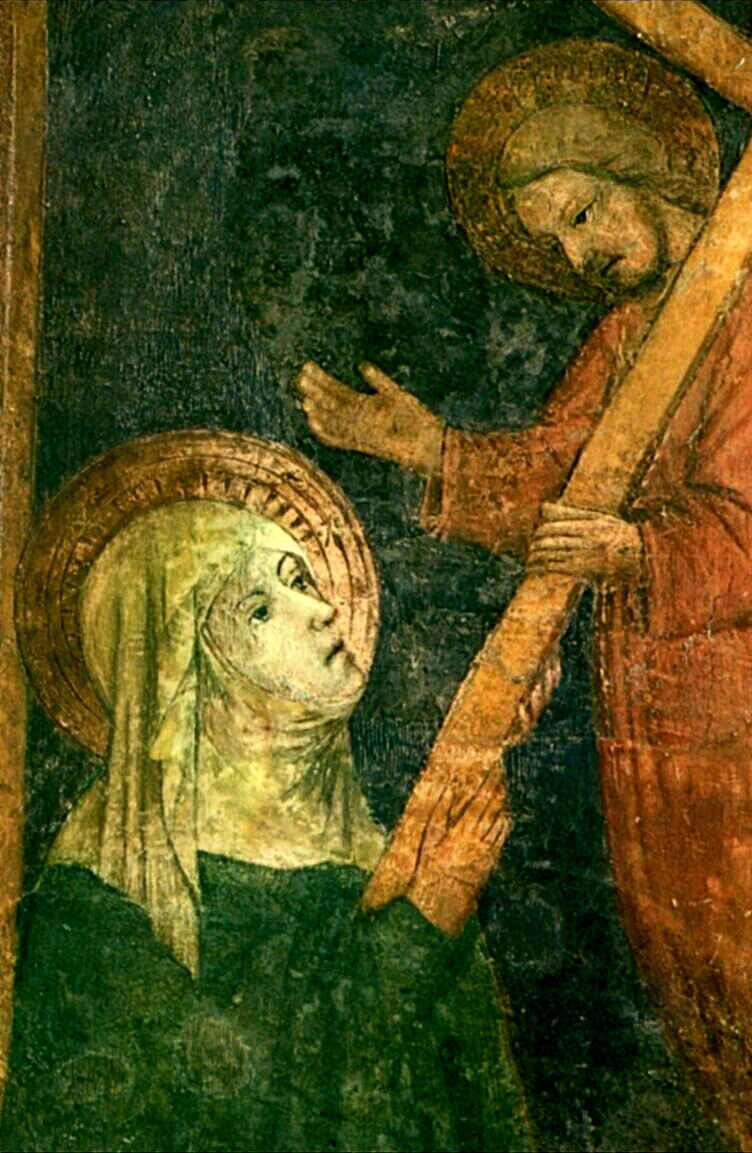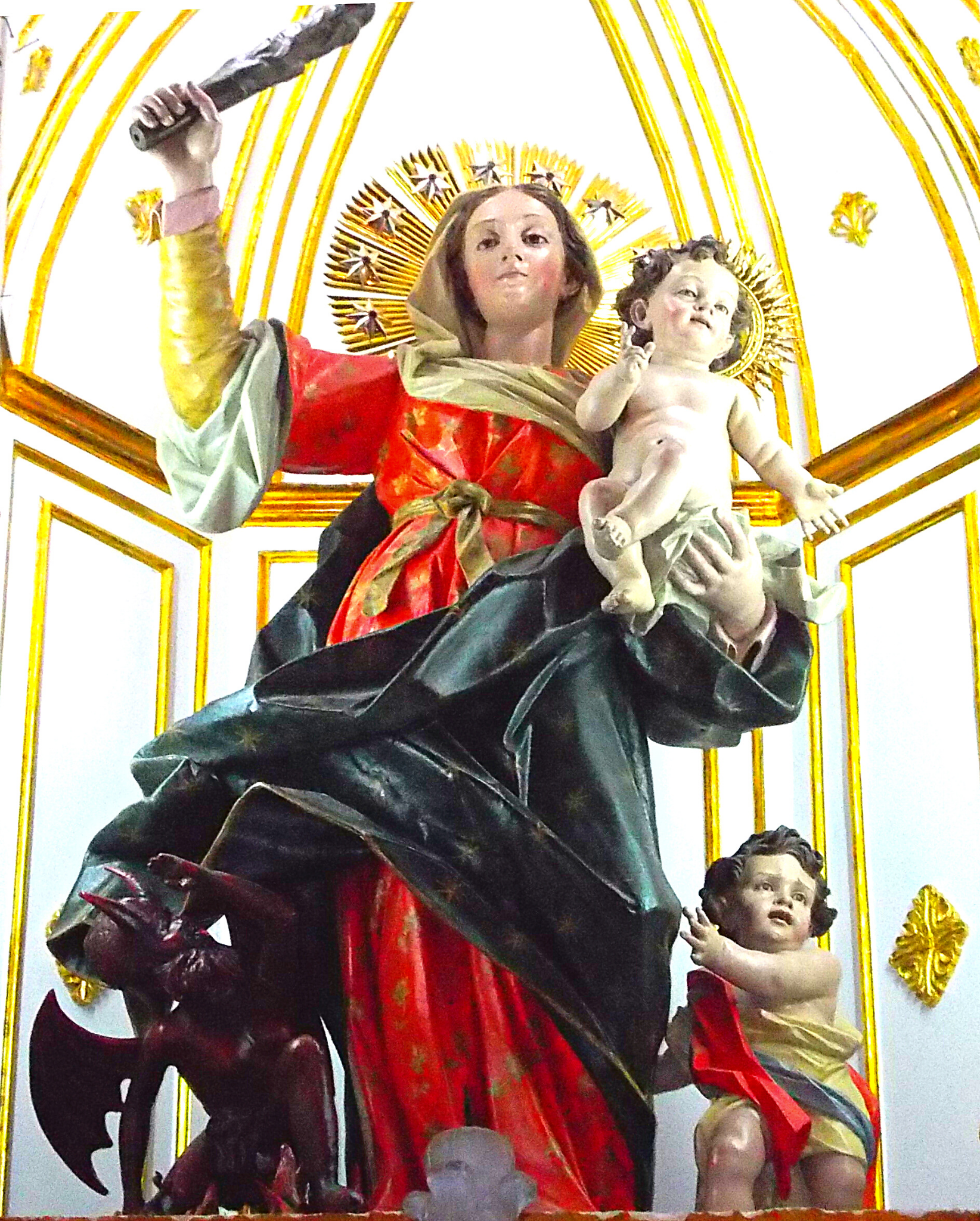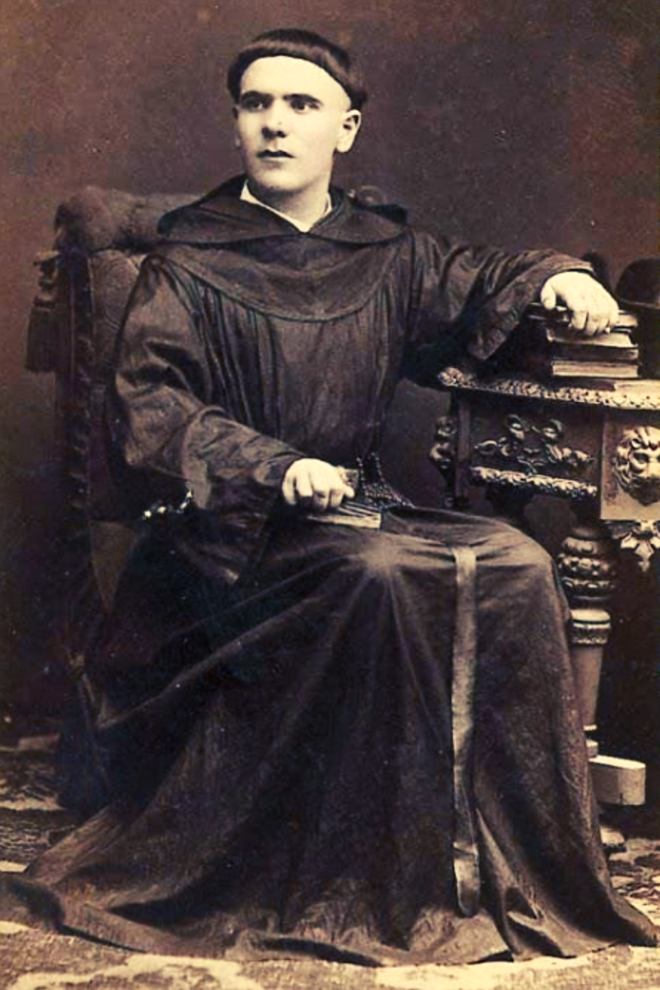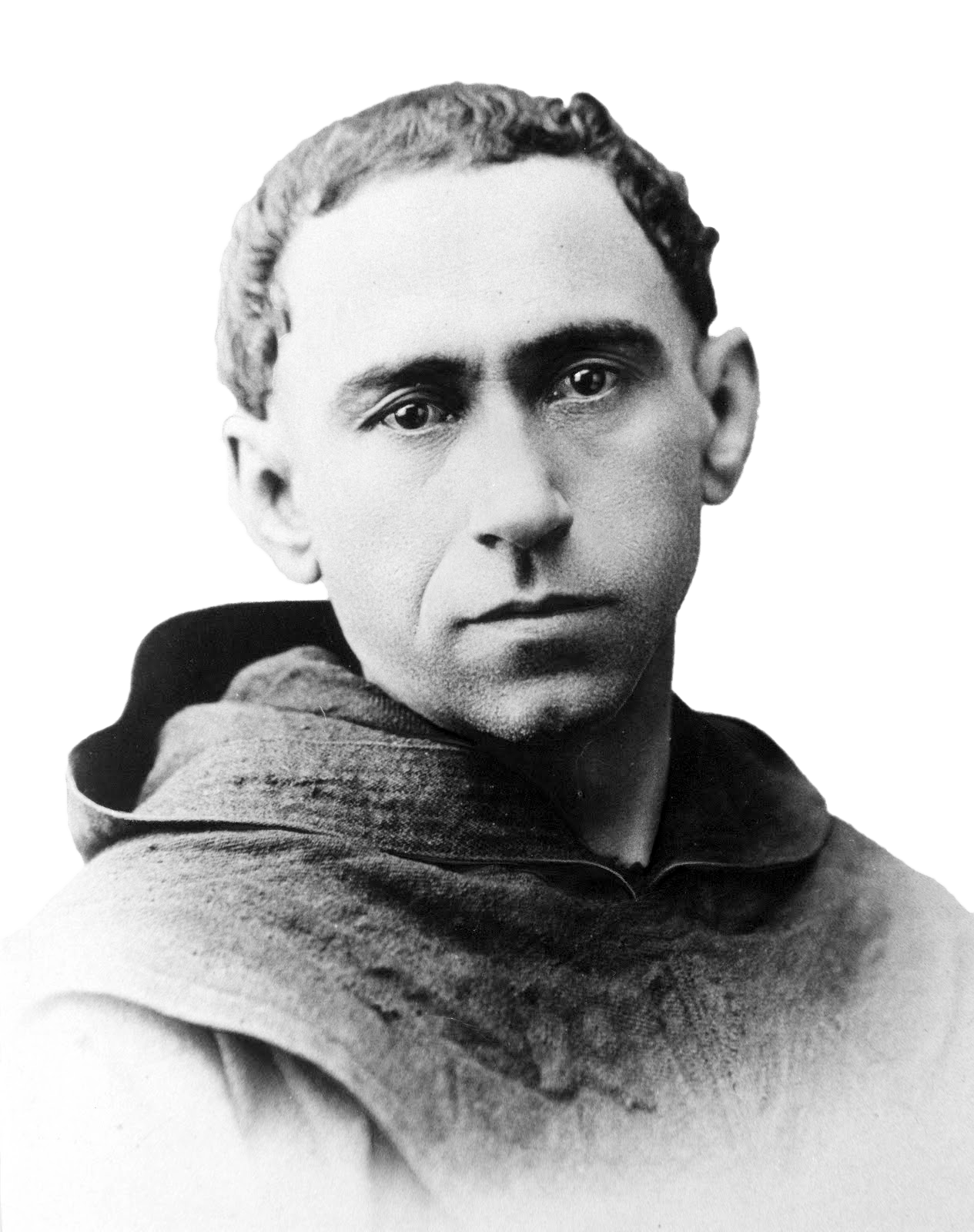Saint Thomas of Villanova
Bishop
Today we celebrate the memory of Saint Thomas of Villanova, one of the great Spanish saints of the 16th Century, known as the Father of the Poor.
Like Saint Augustine, he was called to serve the Church as bishop, much against his will, but carried out this service with great fidelity and zeal, bringing about a significant renewal in his Archdiocese first by the example of his own life, as well as by his wise and effective decisions.
In the midst of a society and a Church surrounded by wealth and privilege, Thomas lived always as a poor and humble servant of God and of his people.
Thomas Garcia Martinez was born about 1486 in Fuenllana, Spain, and was raised in Villanueva de los Infantes, with which town his name is forever linked. He studied at the University of Alcalá and later at Salamanca, where he entered the Order and was professed on November 25, 1517. On December 24, 1518 he was ordained priest. He then taught theology in Salamanca and was entrusted with the duties of prior of the friary there and later at others as well.
He served also at various times as Prior Provincial and Visitator. In 1544 Charles V nominated him to the See of Valencia. Though he tried to decline, his provincial ordered him to accept. On October 10, 1544, Pope Paul III made the appointment. He was consecrated at Valladolid where he was then prior. The See of Valencia was ranked as first class because of its size and resources.
However, it was not in good condition. For the whole previous century there had been no resident bishop. Thomas undertook a widespread reform, beginning with visitation within weeks of his arrival. He drew up statutes, founded the first seminary, helped young women to find employment rather than fall into disrepute, and saved many orphans from poverty.
Personally, however, he sought to live always as a simple friar, preferring to wear his religious habit and giving generously to the poor. By his preaching he made a great impression and drew many to religious life, including the future Augustinians, Alonso de Orozco and Juan de Muñatones, who was to become bishop of Sergobe. The sermons which Thomas left number more than 400 and have run some 19 editions.
Thomas died on September 8, and was buried in our friary of Our Lady of Help in Valencia as he had desired. Later his remains were moved to both the cathedrals of Valencia and Salamanca. He was beatified on October 7, 1618 by Paul V and canonized on November 1, 1658 by Alexander VII.
Thomas was thoroughly Augustinian in his preferential choice of life, his spirituality, his preaching, teaching, and in his ministry, especially as a bishop. He demonstrated the power of reform and renewal from within by his own example, becoming symbol of hope in the midst of a seemingly hopeless situation. He resembles Augustine in his learning, in his preaching, and his inclination toward the contemplative life, while at the same time responding generously to the needs of others.



